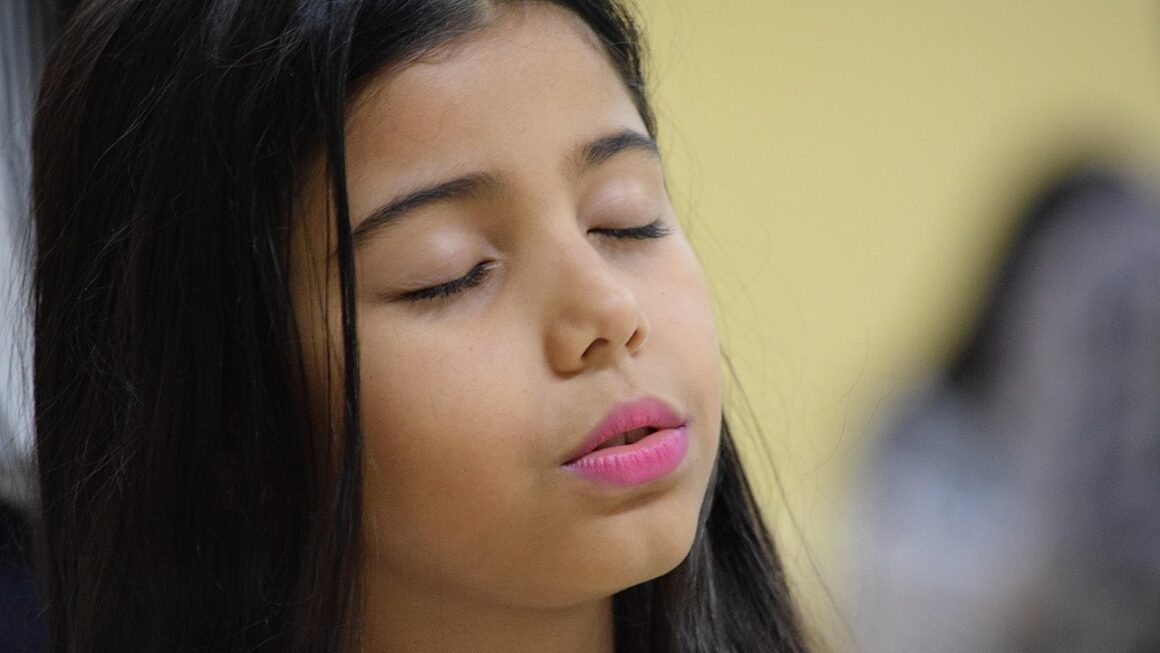Navigating the intricate journey of childhood development can feel like charting unknown waters. From the first tentative steps to mastering complex problem-solving skills, each stage presents unique opportunities and challenges. This comprehensive guide aims to equip parents, educators, and caregivers with the knowledge and tools necessary to support children’s growth across all domains – physical, cognitive, social, and emotional – setting them up for a bright and fulfilling future.
Understanding the Stages of Kid Development
Physical Development
Physical development encompasses the growth and changes in a child’s body and physical abilities. This includes gross motor skills (large movements like running and jumping) and fine motor skills (smaller movements like writing and buttoning clothes).
- Infancy (0-2 years): Rapid growth, developing basic reflexes, learning to sit, crawl, and walk.
Example: Provide tummy time to encourage neck strength and crawling.
Actionable Takeaway: Focus on creating a safe and stimulating environment for exploration.
- Early Childhood (2-6 years): Refining motor skills, increasing coordination, learning to ride a bike, and developing handwriting skills.
Example: Encourage outdoor play to develop gross motor skills and provide art supplies to enhance fine motor skills.
Actionable Takeaway: Offer a variety of activities to promote both gross and fine motor development.
- Middle Childhood (6-12 years): Continued refinement of motor skills, improved coordination, participating in sports, and increased physical activity.
Example: Encourage participation in sports or other physical activities to promote fitness and teamwork.
Actionable Takeaway: Support participation in activities that promote physical fitness and skill development.
Cognitive Development
Cognitive development refers to the growth of a child’s thinking, reasoning, and problem-solving abilities. This includes learning, memory, language, and perception.
- Infancy (0-2 years): Developing sensory awareness, learning object permanence (understanding that objects still exist even when they are out of sight), and starting to use language.
Example: Play peek-a-boo to teach object permanence and read aloud to expose infants to language.
Actionable Takeaway: Provide stimulating sensory experiences and engage in frequent communication.
- Early Childhood (2-6 years): Developing symbolic thinking, improving language skills, learning basic math concepts, and developing problem-solving abilities.
Example: Encourage imaginative play, ask open-ended questions, and provide opportunities for problem-solving.
Actionable Takeaway: Foster curiosity and provide opportunities for exploration and discovery.
- Middle Childhood (6-12 years): Developing logical thinking, improving reading and writing skills, learning more complex math concepts, and developing critical thinking abilities.
Example: Encourage reading, provide opportunities for problem-solving, and support participation in extracurricular activities.
Actionable Takeaway: Support academic growth and provide opportunities for critical thinking and problem-solving. According to Piaget, children in this stage transition to concrete operational thinking, allowing them to grasp concepts like conservation.
Social and Emotional Development
Social and emotional development encompasses a child’s ability to understand and manage their emotions, form relationships, and interact with others.
- Infancy (0-2 years): Developing attachment to caregivers, learning to recognize and respond to emotions, and starting to develop social skills.
Example: Provide consistent and responsive care to build a secure attachment and engage in social interaction.
Actionable Takeaway: Prioritize building a secure attachment through responsive caregiving.
- Early Childhood (2-6 years): Learning to regulate emotions, developing social skills, learning to share and cooperate, and developing a sense of self.
Example: Teach children how to identify and express their emotions, provide opportunities for social interaction, and encourage empathy.
Actionable Takeaway: Help children develop emotional regulation skills and encourage positive social interactions.
- Middle Childhood (6-12 years): Developing a stronger sense of self, building friendships, learning to navigate social situations, and developing moral reasoning.
Example: Support children in building friendships, encourage participation in extracurricular activities, and provide opportunities for leadership.
Actionable Takeaway: Foster a sense of belonging and provide opportunities for social growth.
Language Development
Language development is the process by which children acquire the ability to understand and use language to communicate.
- Infancy (0-2 years): Cooing, babbling, understanding simple words, and starting to use single words.
Example: Talk to infants frequently, read aloud, and respond to their babbling.
Actionable Takeaway: Engage in frequent communication and provide a rich language environment.
- Early Childhood (2-6 years): Expanding vocabulary, using simple sentences, learning grammar rules, and developing storytelling skills.
Example: Read aloud, engage in conversations, and encourage children to tell stories.
Actionable Takeaway: Encourage language development through reading, conversation, and storytelling.
- Middle Childhood (6-12 years): Improving reading and writing skills, expanding vocabulary, learning more complex grammar rules, and developing communication skills.
Example: Encourage reading, provide opportunities for writing, and support participation in public speaking or drama.
Actionable Takeaway: Support literacy development and provide opportunities for effective communication.
The Importance of Play in Kid Development
Play is crucial for child development, fostering creativity, problem-solving skills, social skills, and emotional development.
- Types of Play:
Unstructured Play: Free play with no specific rules or goals. This allows children to explore their creativity and imagination. Example: Playing with building blocks without a specific structure in mind.
Structured Play: Play with specific rules or goals. This helps children learn to follow directions and develop problem-solving skills. Example: Playing a board game.
Social Play: Playing with others, learning to share, cooperate, and negotiate. Example: Playing tag or pretend play with other children.
Physical Play: Active play that promotes physical fitness and coordination. Example: Running, jumping, and climbing.
- Benefits of Play:
Cognitive Development: Improves problem-solving, critical thinking, and creativity.
Social Development: Promotes cooperation, communication, and empathy.
Emotional Development: Helps children learn to regulate their emotions and cope with stress.
Physical Development: Enhances motor skills, coordination, and physical fitness.
- Encouraging Play:
Provide a variety of toys and materials.
Create a safe and stimulating environment.
Allow children to choose their own activities.
Participate in play with children.
Limit screen time to encourage active play.
Addressing Developmental Delays
Developmental delays can occur in any area of development, and early intervention is crucial. Approximately 15% of children in the US experience some form of developmental delay, according to the CDC.
- Identifying Delays:
Monitor a child’s progress against developmental milestones.
Consult with a pediatrician or other healthcare professional.
Be aware of warning signs, such as delays in motor skills, language development, or social interaction.
- Seeking Help:
If you suspect a developmental delay, seek professional help as soon as possible.
Early intervention services can provide support and therapy to help children catch up.
Resources such as Early Intervention Programs (EIP) and special education services can be beneficial.
- Supporting Children with Delays:
Provide a supportive and encouraging environment.
Work with therapists and educators to develop an individualized plan.
Focus on a child’s strengths and abilities.
* Celebrate small victories and progress.
Conclusion
Understanding the multifaceted nature of kid development is paramount for fostering well-rounded individuals. By actively supporting physical, cognitive, social-emotional, and language growth, and by recognizing the vital role of play and early intervention, we can provide children with the foundation they need to thrive. Remember that each child develops at their own pace, and providing a nurturing and stimulating environment is key to unlocking their full potential.




